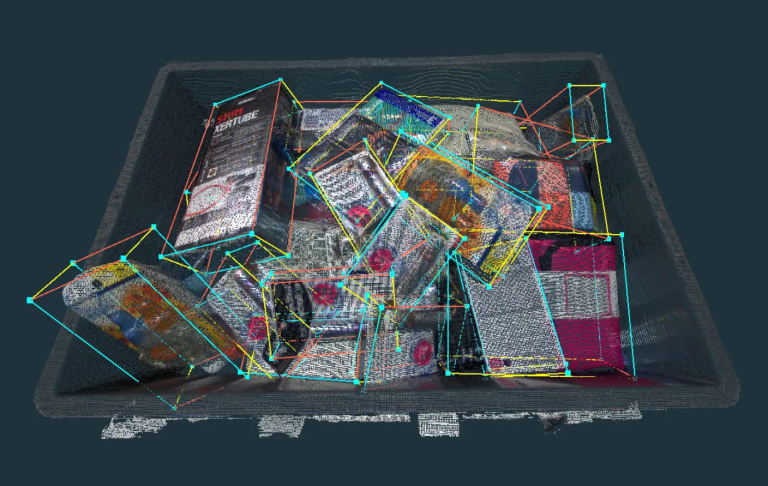Automated self-checkout systems provide an intelligent approach to a process that has been slow to evolve. Computer vision systems, like Viso Suite, allow in-store teams to ensure that customers can check out their items seamlessly while greatly reducing instances of fraud or theft.
The Intelligent Approach to Checkout Challenges
Computer vision offers a level of automation rivaled by traditional approaches to store checkout.
- Real-time Monitoring: Intelligent shopper monitoring not only provides real-time information to security teams but also behavior analytics to customer experience teams. Real-time monitoring provides security teams with instantaneous alerts on suspicious activities, such as item swapping or mis-scanning. At the same time, behavior analytics help customer experience teams understand how shoppers interact with self-checkout systems, allowing for improvements in layout, ease of use, and efficiency for a smoother shopping experience.
- Guaranteed Item Scanning: A common problem with traditional checkout processes is unscanned items. Intelligent systems automatically identify and register items completely omitting the possibility of customers not scanning items intentionally or by mistake.
- Cashier Monitoring: Automated self-checkout systems can track and confirm all items placed in a customer’s cart, eliminating the possibility of deliberate employee scanning errors.
- Nefarious Activity Detection: Retail store chains can share information on individuals who have committed theft with other stores. This way, a person with a record of stealing can be prevented from entering the store.
How Does the Computer Vision System Work
- Cameras and Sensors: High-resolution cameras are installed at checkout points, that capture high-resolution video of items, customers, and cashiers during transactions.
- Computer Vision Algorithms: Advanced machine learning systems identify items in the cart while simultaneously monitoring customer and cashier behavior.
- 24/7 Visibility: The trained model is set up with a real-time video feed from dedicated cameras in the store. If any unusual activity is detected, or unscanned items are found, the system creates an alert for the manager.
- Integration with POS Systems: These computer vision applications are also enhanced with POS data such as an item price, and verified with the final transaction bill.
3 Examples of Real-World Applications
- Traditional Checkout: Traditional checkout systems can be supplemented with computer vision for automatic cashier activity monitoring and alerting. For example, if nefarious activity of any kind is detected, such as intentional non-scanning of items, store workers can be altered to deal adequately with the situation.
- Self-checkout: Real-time video streams from cameras strategically placed in checkout areas can help ensure that all items placed in the cart are scanned and purchased correctly. Automatic product recognition and verification will help prevent theft or missed items.
- Card Payment: Computer vision-enhanced card payment systems can verify the identity of customers through facial recognition or behavior analysis during transactions. This helps detect suspicious activities, such as card cloning or unauthorized use.
Business Value of Automated Self Checkout
The business value proposition provided by computer vision includes, enhanced operational efficiency, customer experience, and profitability for the business.
- Reduced Human Error: Traditional checkout systems are prone to human errors, where the cashier forgets to scan an item or scans incorrectly. The automated system makes sure that items are accurately scanned and priced. This reduces loss for the company as well as for the customers.
- Fraud Detection: Computer vision systems quickly and accurately detect fraudulent activities like sweethearting and shoplifting with the ability to monitor the store in real time. This drastically reduces losses incurred by the store from theft, consequently increasing revenue.
- Faster Checkout Process: Computer vision systems allow retail stores to replace manual checkouts with self-checkouts completely. This significantly reduces customer wait times and long queues making the shopping experience enjoyable and easy.
- 24/7 Availability: Cashier-less systems can operate continuously as they don’t need a human cashier present, this allows stores to serve customers at all times.
- Reduced Labor Costs: Stores with self-checkout systems reduce the need for human cashiers, allowing the firm to save on time and resource costs. With more free time, employees can better assist customers, thus improving customer experience.
To learn more about implementing Viso Suite computer vision for intelligent store checkout and analytics, book a demo with our team of experts.



